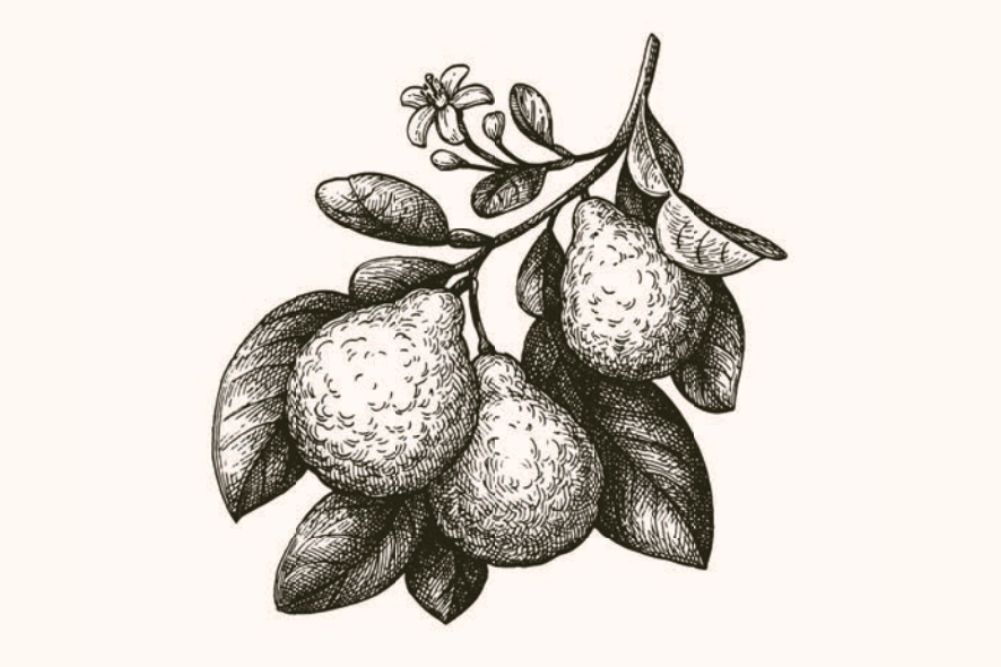Discover celery’s healing powers
We think of celery (Apium graveolens) as a common garden-type vegetable that is a basic ingredient in many food cultures around the world. This common celery, however, has a secret life and hidden power for healing. Different parts of the plant are used: the stalks and leaves are used as an alkalising, highly nutritional food; the seeds have multiple properties, either made as a tea or ground and eaten in dishes; an oil can be made that has powerful properties; and even the root has medicinal power.
Globally popular
Celery in the wild is native to wet, salty ground near the sea. It is a member of the Apiaceae family of which parsley is also a member. It’s widely grown in temperate zones of the world as a Garden crop. Celery can be classified both as a seasoning and as a vegetable. For seasoning purposes, the seeds and the plant, as well as the essential oil distilled from the seeds, are used.
Celery has been cultivated for at least 3000 years, being recorded in Egypt during the reigns of the pharaohs, and was known in China in the 5th century BCE. Celery has been used as a food and a medicine throughout the millennia. The whole plant has been found to contain many biologically active compounds and the vegetable and the seed have similar properties, the seed oil being the strongest therapeutically.
Antioxidants & more
Celery has antioxidant and anti-microbial activities, mainly derived from the flavonoid and polyphenol compounds plus (when fresh) its high levels of vitamins C. It has also been shown to be active against some forms of candida, particularly in its alcohol extract form. Its anti-inflammatory activity has been shown to be effective through inhibiting the two major inflammatory pathways: cyclooxygenase 1 and 2 (COX-1 and COX-2). The dietary fibre (polysaccharides) contained in celery has been thought to contribute to the anti-inflammatory effects, working in synergy with the flavonoid compounds.
Apigenin is an active component of celery (and parsley) and has been shown to inhibit both mutagenesis and carcinogenic activity, specifically by working through selected cytochrome pathways (the detoxifying pathways) in the liver — and at doses low enough to be provided by regular dietary consumption. Along similar pathways, it has also been shown to assist in the detoxification of the fungal chemical, aflatoxin, commonly found as a fungus in peanuts. Australia has strict regulations concerning aflatoxin levels in peanuts, so eating them here should not be too much of a problem, but eating them with celery may be a good idea.
Celery also contains high levels of sodium (in a natural form) and a variety of other minerals, including calcium and silica, and is considered an alkalising food.
Celery seed contains similar compounds to the whole plant but in a more concentrated form, and is considered a cooling and sedative diuretic. The apiol and sodium content stimulate the kidneys, improving kidney function, while removing irritable deposits of calcium and uric acid in the body. These properties make the seed an excellent remedy for improving the symptoms of conditions such as gout — a form of arthritis where the body accumulates uric acid which then deposits as crystals in the joints, causing acute pain.
The active components of celery seed penetrate into hard, calcified deposits in the body, breaking them up and assisting in their excretion through the kidneys.
Using celery
Celery has been used as a liver and kidney tonic and there was an interesting study conducted to research its effect on the pathways that detoxify pharmaceuticals such as paracetamol. The results showed that celery seed extract helped protect against paracetamol poisoning through its antioxidant action in the cytochrome pathways in the liver. The hepatoprotective activity indicated up to 75 per cent protection against paracetamol toxicity. Considering the amounts of paracetamol many consume as pain relief, it may be a good idea to regularly eat celery as well as supplement with a celery seed extract. The seeds are used in India to treat bronchitis, asthma, liver and spleen diseases.
The most powerful component of many plants is the oil (usually concentrated in the seed) and these oils have multiple properties. The essential oils of celery seed are many and complex, with high levels of the cooling limonene (anti-viral, anti-tumour, stimulant, decongestant) and the diuretic, apiol. Celery also contains essential fatty acids, phenols, flavonoids (anti-inflammatory) and coumarins (thin the blood and improve circulation).
Celery as a whole has been used primarily to relieve arthritis, inflammation, heat and dryness, aches and pains, and irritability of the tissues. It also has been found to lower blood pressure through its diuretic effects and its ability to adjust sodium imbalances.
Traditional uses of celery also include relief of “nervous restlessness”, being also a sedative and anti-spasmodic. Overall, it is cooling, detoxifying, cleansing, diuretic and antiseptic.
Consuming your celery
Celery is an excellent food to consume daily as a vegetable or juiced (including the leaves), making it a good heath support and therefore preventive medicine. The seeds can be made into a tea and drunk regularly as well. The root can also be boiled and it will become a jelly, but this (while an unusual plant part used) needs to be taken with more care as it can cause abortion in high doses.
- References available on request.
Dr Karen Bridgman is a holistic practitioner at Australian Biologics, Sydney, and Pymble Grove Health Centre, Gordon.







